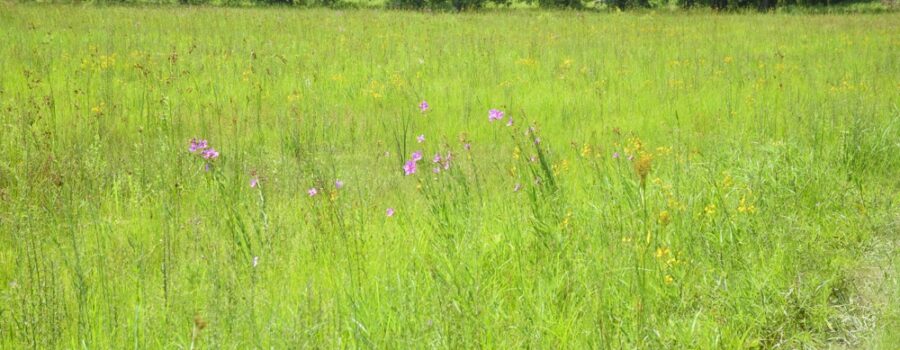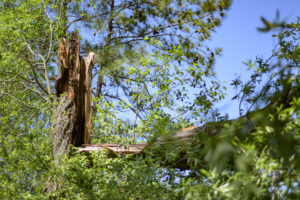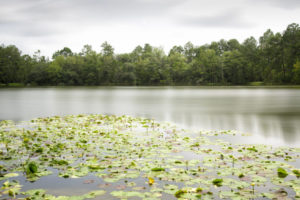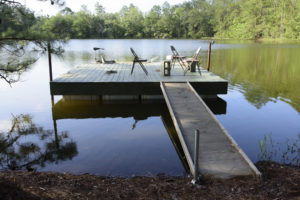Grass Is Everywhere
As I ride around in my new Honda Pioneer, looking for critters and new blossoms, tall grass in myriad varieties is everywhere at Vista Farm. I couldn’t even begin to name all the different grasses–some short, some tall and some in the middle. And grass is literally everywhere–even in the pond where little fishies hide in it from the bass and gar and where it is annoying to catch on a lure. Quite often while I’m riding I see something in the grass move up ahead or off to the side and wonder what that is trying to keep from getting run over. Sometimes it’s a field mouse, a big rat or a rabbit. Sometimes it’s a turtle laying it’s eggs or even a snake. Once when we were clearing debris in the wetland, a startled baby deer got up stumbling on its shaky new-born legs. Usually, I don’t think much about the grass except when I need to cut it or when I notice how pretty the colors are in the fall–grays, browns, taupes, yellows–and how nature manages to put so many shades together and still they look beautiful. So this being National Pollinator Week, June 17-23, I was trying to appreciate my abundance of grass when I received an interesting article from the Natural Resources Conservation Service (NRCS) about the great value of grass in a pollinator meadow. What a coincidence! Here is a reprint with a link to the original if someone would like to subscribe to the NRCS newsletter:
Pollinators Need Native Grasses Too!
Publish Date, June 18, 2024
National Pollinator week is June 17-23 and while blooming plants are important to pollinators like bees, bats, butterflies, beetles, hummingbirds, and more, grasses play a foundational role in the pollinator lifecycle and in USDA-NRCS conservation practices. Grasses provide soil stability, protect waterways, create shelter and food for wildlife, and are an indicator of ecosystem health. Specific ways in which grasses help pollinators include:
Habitat and Shelter: Grasses provide essential habitat and shelter for pollinators. Their dense foliage and upright growth form create microhabitats where insects are protected from adverse weather conditions, predators, or disturbances. The clumps or bunches of grasses also offer nesting sites for ground-nesting bees and other insects.
Larval Host Plants: Certain warm-season grasses serve as larval host plants for specific pollinator species. Butterflies lay their eggs on the grass, and the emerging caterpillars feed on the leaves. For example, little bluestem (Schizachyrium scoparium) is the larval host plant for several skipper species and big bluestem (Andropogon gerardii) and switchgrass (Panicum virgatum) are the caterpillar host plants for banded skippers and satyrs. By incorporating these grasses into landscapes, we provide crucial resources for the complete life cycles of these pollinators.
Connectivity and Corridors: Warm-season grasses can create pollinator corridors and add connectivity between habitats. These grasses are often planted in large swaths or prairie restorations, forming a network of suitable foraging areas for pollinators. This interconnectedness helps pollinators find suitable resources, enhancing their foraging efficiency and genetic exchange.
Incorporating grasses into pollinator-friendly initiatives and habitat restoration efforts can have a positive impact on the abundance and diversity of pollinators in our ecosystems. NRCS partners and cooperators have resources available to get started on your own pollinator initiatives!
For additional information on specific species of plants mentioned in the document links, please see the USDA PLANTS database. Technical information and guidance on the use of conservation plants for pollinator habitat can be found on the Plant Materials Program website by searching for “pollinator” in technical documents or contact the nearest Plant Materials Center or plant materials specialist.





Recent Comments